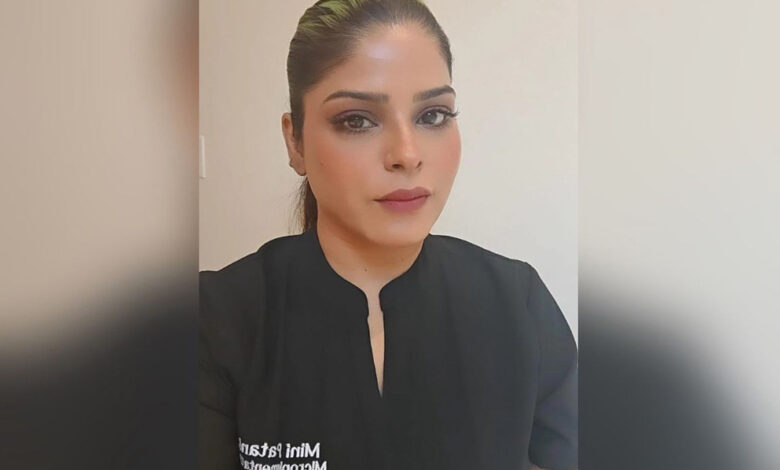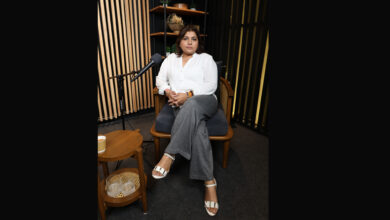The Woman Who’s Turning Tattoos into Second Chances for Skin and Soul – Mini Patankar

Mumbai, a woman walks into a small studio with long sleeves pulled down despite the heat. An hour later, she walks out with the same hands — but somehow, they look entirely different. She glances at them again and again, as if she’s relearning what they feel like. Her smile says the rest.
At the centre of this quiet transformation is Mini Patankar — an artist who is redefining what tattoos can mean in India. Not as rebellion. Not as trend. But as restoration.
Mini, a trained fine artist from Rajasthan, has always seen skin as a living canvas. But her recent work, recognised internationally, is drawing attention for a different reason: it addresses vitiligo, a condition that causes patches of skin to lose pigment. Her approach — subtle, precise, and deeply personal — is changing the conversation around the condition in ways medicine often can’t.
From Colour Palettes to Confidence
Growing up in a land of vibrant murals, textiles, and folk art, Mini learned early how colours behave in light and shadow. That knowledge, combined with years of tattooing experience, allows her to blend pigments so seamlessly into skin that even trained eyes find it hard to spot the difference.
But in her studio, technical skill is only part of the equation. There is also the unspoken work — making clients feel safe, seen, and heard. “People come in with stories, not just patches,” Mini says. “You have to work with both.”
Shifting an Industry Mindset
In India, where tattooing has long been viewed either as fashion or taboo, Mini’s work opens a third path: medical and cosmetic tattooing as a service of care. The idea that ink could help someone reclaim parts of themselves has begun to challenge the way both the beauty and tattoo industries think about their craft.
Other artists have started to take note. Some reach out to learn the techniques; others simply watch as her before-and-after results circulate online, sparking curiosity among clients who had never considered tattoos before.
Vitiligo and Visibility
For those living with vitiligo, visibility can be double-edged. The condition is harmless, yet its contrast against natural skin tone often invites questions, stares, or unwanted attention. In India’s image-conscious social fabric, that can lead to a silent retreat from public life.
Mini’s clients often describe her work not as concealment, but as liberation. “They tell me they don’t have to explain themselves anymore,” she says. “They can just… be.”
Beyond Borders
While her work is rooted in Mumbai, its impact has reached far beyond. International publications have highlighted her approach, noting how it bridges artistry and empathy. For Mini, this recognition is less about personal acclaim and more about raising awareness of what’s possible when creative skills are applied to real human needs.
She hopes this visibility will inspire more trained artists to enter the field — and more people with vitiligo to know that they have safe, professional options if they choose to use them.
The Quiet Revolution
In a country where beauty norms run deep, Mini’s work represents a quiet but meaningful shift. She isn’t selling perfection; she’s restoring familiarity. And for those who walk into her studio with years of self-consciousness, the difference between the two is life-changing.
Back in that Mumbai afternoon, the woman with the newly balanced skin tone takes one last look at her hands before stepping into the crowd. No one stares. No one asks questions. She disappears into the city — and that, in Mini Patankar’s world, is the real success.









